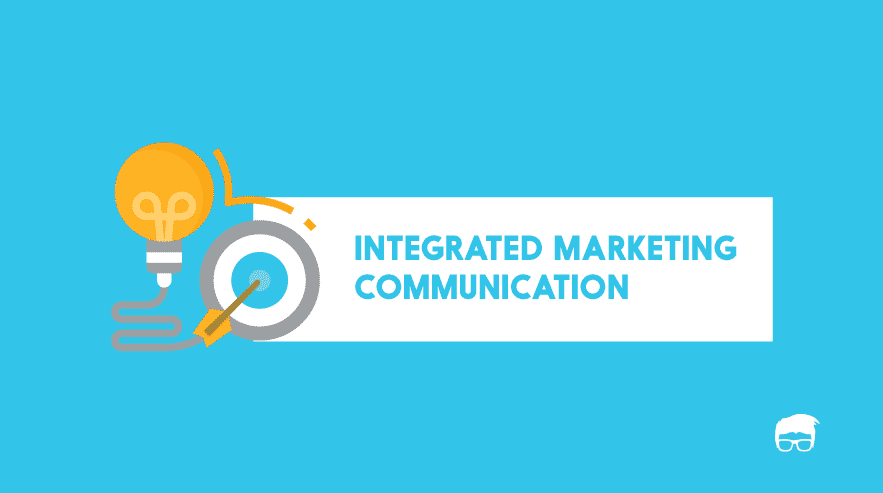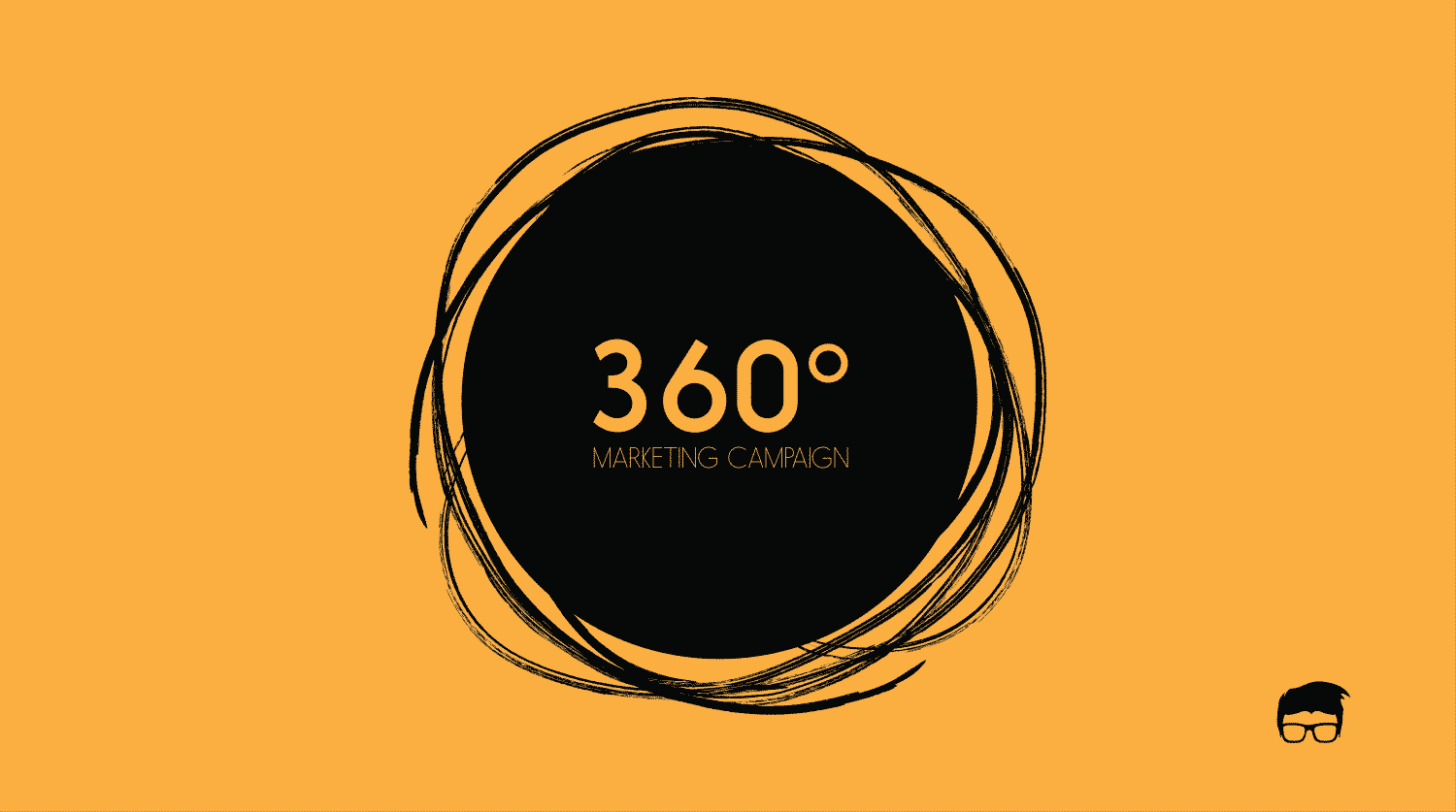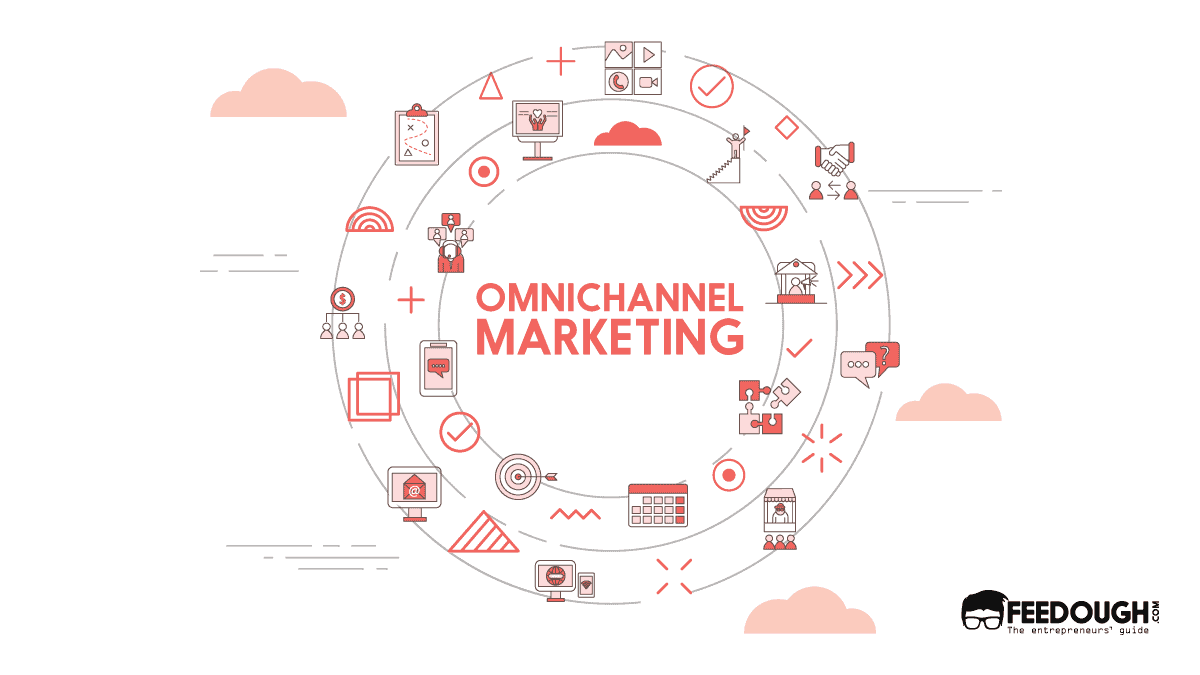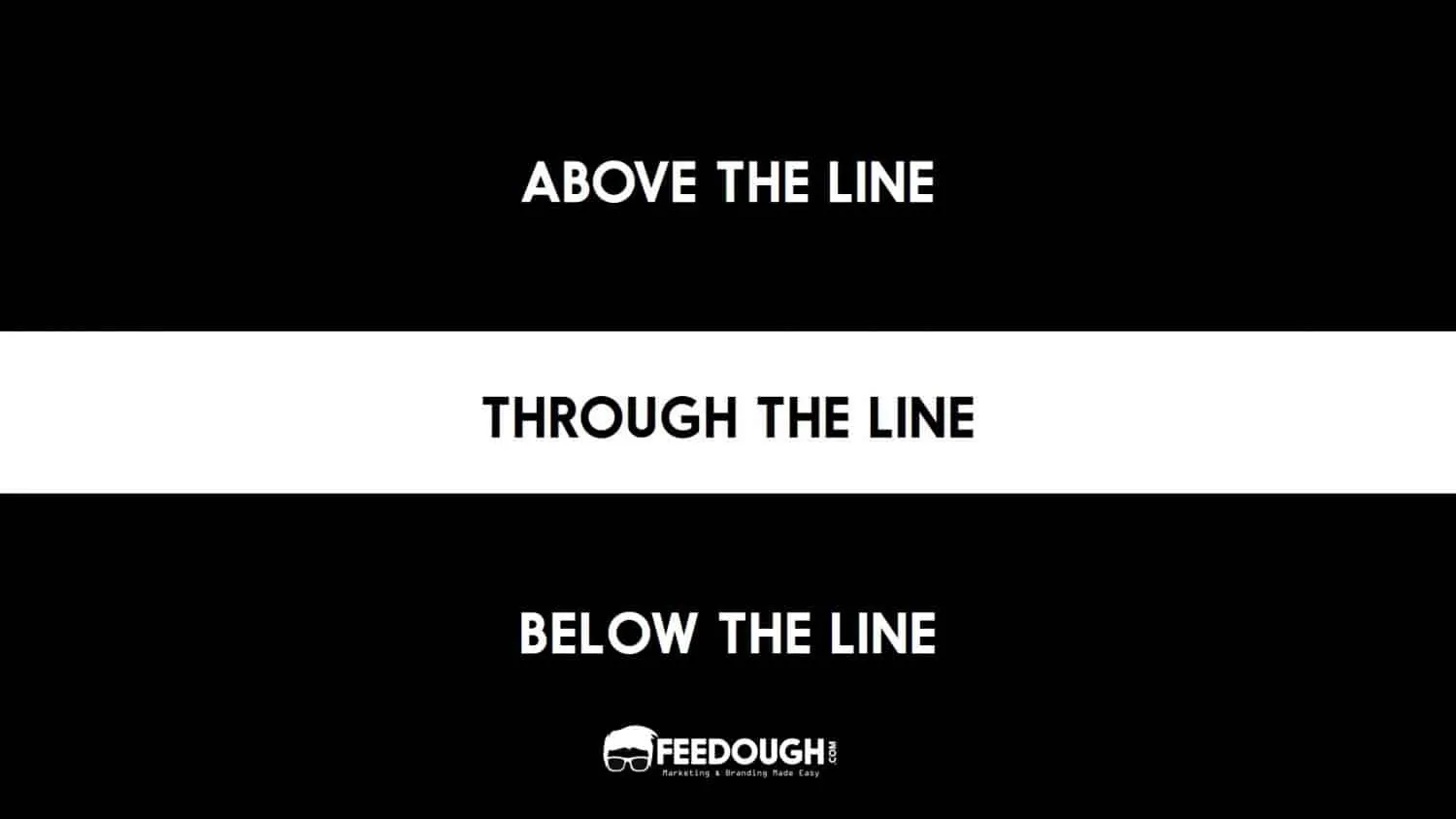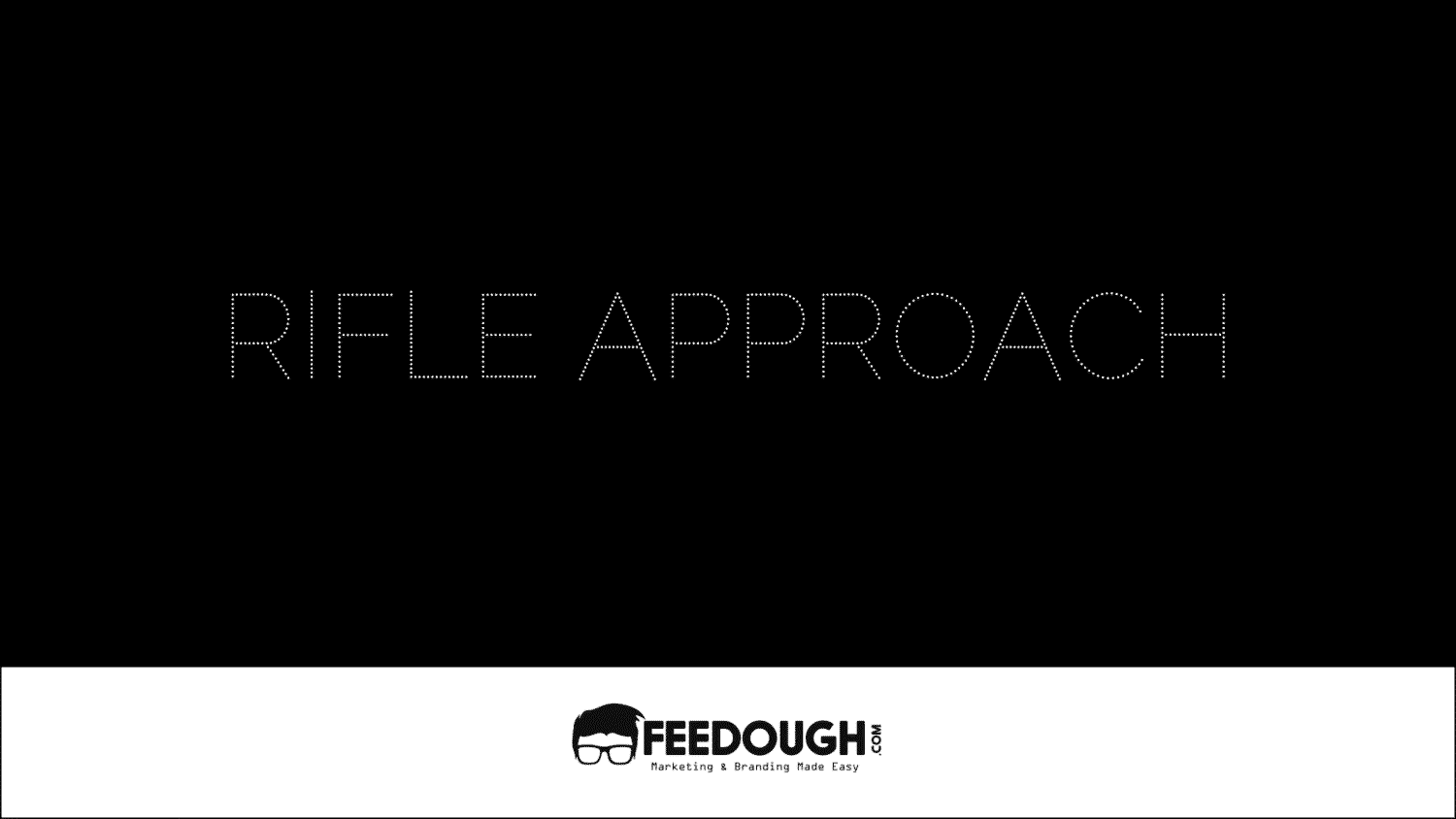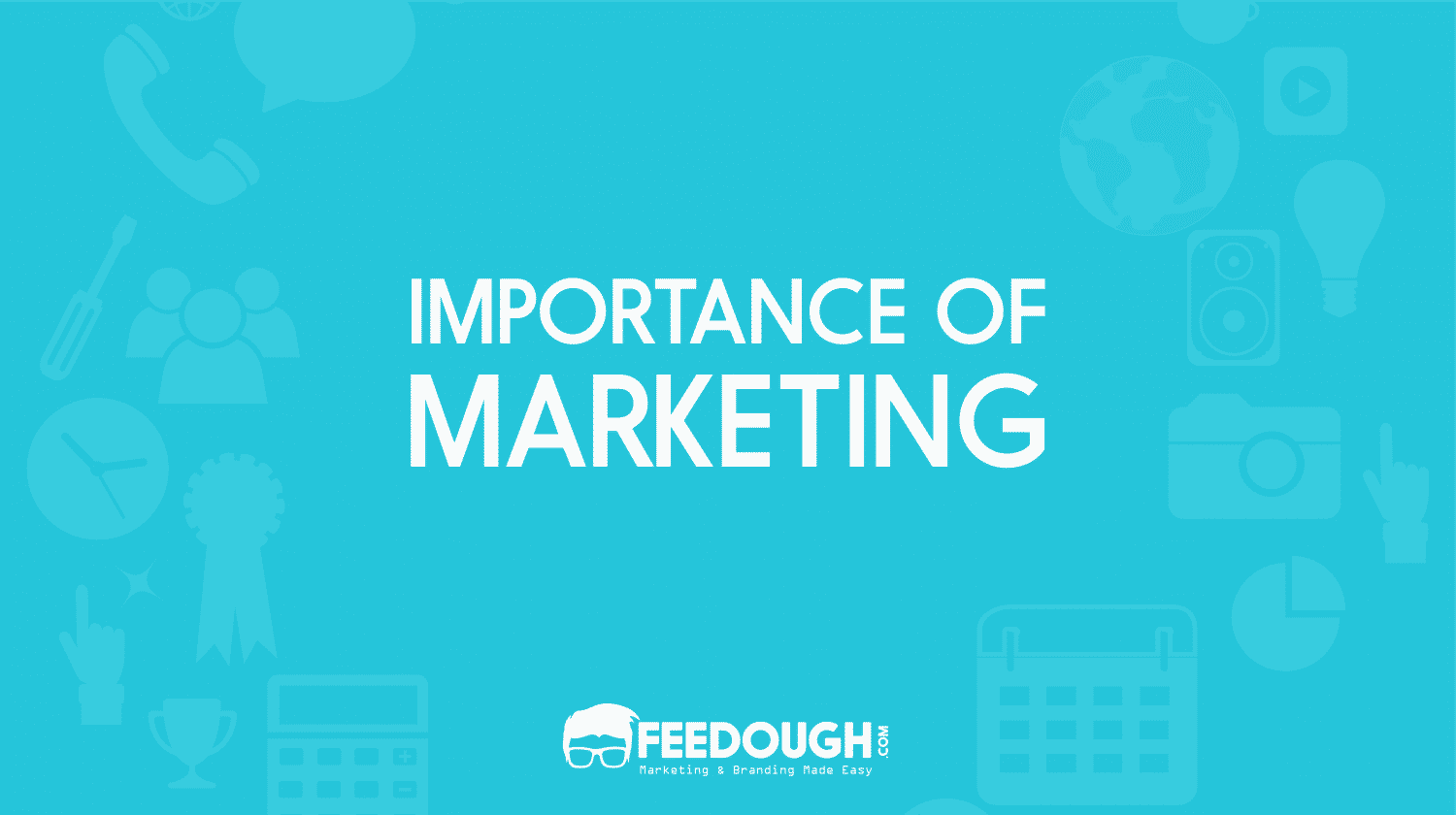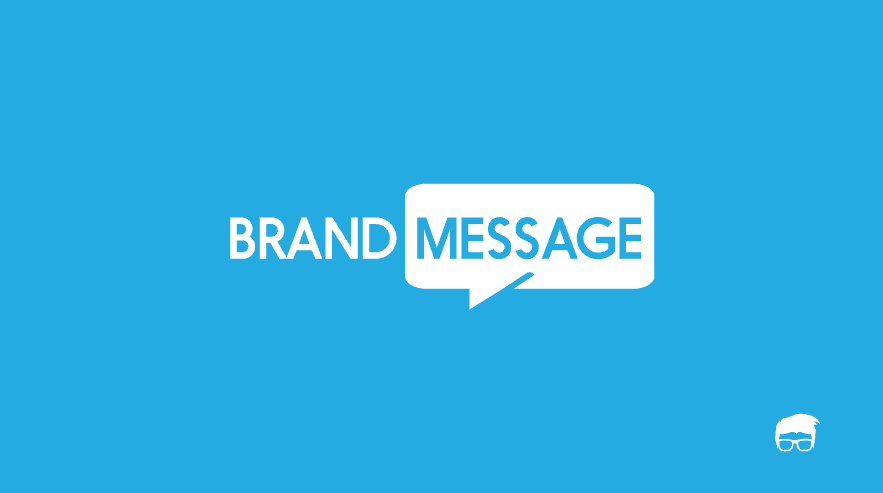In this competitive world with innumerable marketing and advertising mediums and powerful marketing campaigns, you’ve got to communicate a consistent marketing message using a 360-degree approach to strengthen your position in the market and have an impact on your prospective as well as existing customers.
Here’s a guide on integrated marketing communication to help you move forward with this approach.
What Is Integrated Marketing Communication?
Integrated Marketing Communications (IMC) is a concept under which a company carefully integrates and coordinates its many communications channels to deliver a clear and consistent message. It aims to ensure the consistency of the message and the complementary use of media.
IMC is an integration of all marketing tools, approaches and resources within a company which maximizes impact on the consumer mind resulting in maximum profit at minimum cost.
It uses several innovative ways to ensure that the customer gets the right message at the right place and right time.
IMC Tools
The eight major Integrated Marketing Communication tools are as follows:-
Advertising
Advertising refers to any paid form of non-personal promotion of products or services by an identified sponsor. The various media used are print (newspapers and magazines), broadcast (radio and television), network (satellite, wireless and telephone), electronic (web page, audio and videotape) and display (billboards, signs and posters).
The primary advantage of advertising is that it reaches geographically dispersed consumers. Consumers generally tend to believe that a heavily advertised brand must offer some ‘good value’ but at the same time, advertising proves to be an expensive form of promotion.
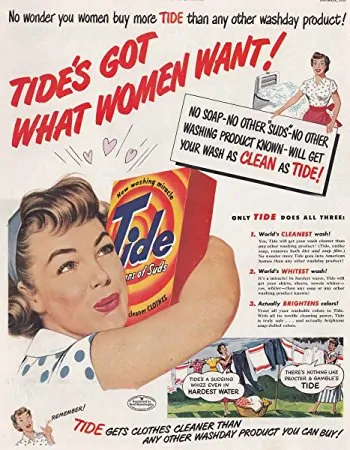
Sales promotion
It is a variety of short-term incentives to encourage the trial or purchase of a product or service. It may include consumer promotions – focused on the consumer – such as a distribution of free samples, coupons, offers on purchase of higher quantity, discounts and premiums or trade promotions – focused on retailers – such as display and merchandising allowances, volume discounts, pay for performance incentives and incentives to salespeople.
Sales promotion helps to draw the attention of the consumers and offers an invitation to engage in a transaction by giving various types of incentives.

Personal Selling
Face-To-Face interaction with one or more buyers for the purpose of making presentations, answering questions and taking orders. This proves to be the most effective tool in the later stages of the buying process.
The advantage is that the message can be customized to the needs of the buyer and is focused on building a long-term relationship with the buyer.
Public Relations
A variety of programs directed toward improving the relationship between the organisation and the public. Advertising is a one-way communication whereas public relations is a two-way communication which can monitor feedback and adjust its message for providing maximum benefit. A common tool used here is publicity which capitalizes on the news value of the product or service so that the information can be disseminated to the news media.
Articles in the media prove to be more objective than advertisements and enjoy high credibility. Also, it has the ability to reach the hard-to-find consumers who avoid targeted communications.
Direct Marketing
Direct Marketing involves the use of mail, telephone, fax, e-mail, or internet to communicate directly with or solicit response or dialogue from specific customers or prospects. Shoppers have started relying on credit cards and online purchasing more than ever which makes it essential for marketers to approach the consumers directly thus helping them in the purchase process.
Companies have a database of contact details of consumers through which they send catalogues and other marketing material making it easier for the consumer to purchase online. The relevance of direct marketing has increased in recent years.
Events and Experiences
These are company sponsored activities and programs designed to create brand-related interactions with customers. Sponsorships improve the visibility of the company. Companies provide customers with an experience of using the product which ends up leading to a higher brand recall than competitors. These events prove to be engaging with the audience.
Social Media Marketing
The concept of social media marketing basically refers to the process of promoting businesses or websites through social media channels. Companies manage to get massive attention on such channels and can interact with consumers as they browse the internet.
New and modern communication methods are developing on these social media platforms, which are proving to be the future of promotions. They can be highly interactive and up to date with customers.
Mobile Marketing
Mobile marketing involves communicating with the consumer via a mobile device, either to send a simple marketing message, to introduce them to a new participation-based campaign or to allow them to visit a mobile website.
Mobile marketing is cheaper than traditional means for both the consumer and the marketer. It is really a streamlined version of online marketing, the use of which is increasing as time progresses. Examples are advertisements that we see on mobile applications.
Integrated Marketing Communications Examples
Go Pro
The first example of integrated marketing communications that comes to mind is GoPro. GoPro has used IMC components extensively and precisely.
GoPro has mastered using online content to catch the attention of its target audience. The company has a YouTube channel where it seeks out many videos shot with a high-quality mini action cam, including exciting, unique, and simplistically beautiful shots taken by users and by the company itself, to reach its target audience.
They have hundreds of thousands of followers and likes on Facebook, Twitter, and Instagram and have used these platforms to catch the attention of their fan base by posting short, visually stimulating videos taken with their cameras. To maximize SEO, GoPro has a contest almost every day online where entrants have the chance to win one of every product they carry and the newest camera they carry.
The company has also used publicity in its marketing efforts to reach its target audience. In the early days, they relied on word of mouth and slowly moved and heavily leveraged the online platform for its promotions.
Domino’s
Pizza restaurant chain Domino’s created the “AnyWare” campaign to help people order food more conveniently. The campaign allows customers to order pizza with a smart television, tweet, text, or smartwatch.
The idea was possible because two years prior to AnyWare, Domino’s established Pizza Profiles, which saved customers’ payment information, addresses, and an Easy Order. The Easy Order is a customer’s favourite food order, which includes elements like a preferred payment method, order type (delivery or carryout), and address or favourite store.
It very smartly used different IMC components, such as a national television campaign, press releases, and online marketing, to attract customers to its website, AnyWare.Dominos.com, where they can learn about new ways to order.
This resulted in 500,000 more visits to the site, 10.5 percent year-over-year sales growth, and Domino’s achieving its goal of having half of all orders made digitally.
These two primary examples show that IMC components, if used extensively and optimally, can greatly benefit a company’s proposition.
Bottom Line?
In the modern era of digitization, traditional tools of Integrated Marketing Communication (Advertising, Sales Promotion, Public Relations, Direct Marketing and Personal Selling) are proving to be more of a base on which the modern tools (Events and Experiences, Social Media Marketing and Mobile Marketing) are emerging. Modern tools enhance the consumer experience and the impact the messages have on the audience. Modern tools provide low-cost targeted communications with high visibility and influence.
Tools like social media, mobile, online, and i-marketing also offer the advantage of data analysis, where companies can track the reach, effectiveness, and response of messages. After analysing messages with higher consumer response rates and preferences, companies can accordingly tweak and personalize their targeted communications.
Consumers are turning more frequently to various types of social media to conduct information searches and make purchasing decisions. They are often found searching for and comparing product features online, thus making an informed decision.
Creating influence here is proving to give higher returns than ever, and 83% of marketers now place a high value on social media marketing.
It is thus safe to say that marketing communications are becoming more and more personalized with the advent of modern tools, hence paving the way for the future.
A marketing professional, enthusiastic about connecting with new people and exchanging ideas. An avid traveler open to exploring new cultures and experiences
